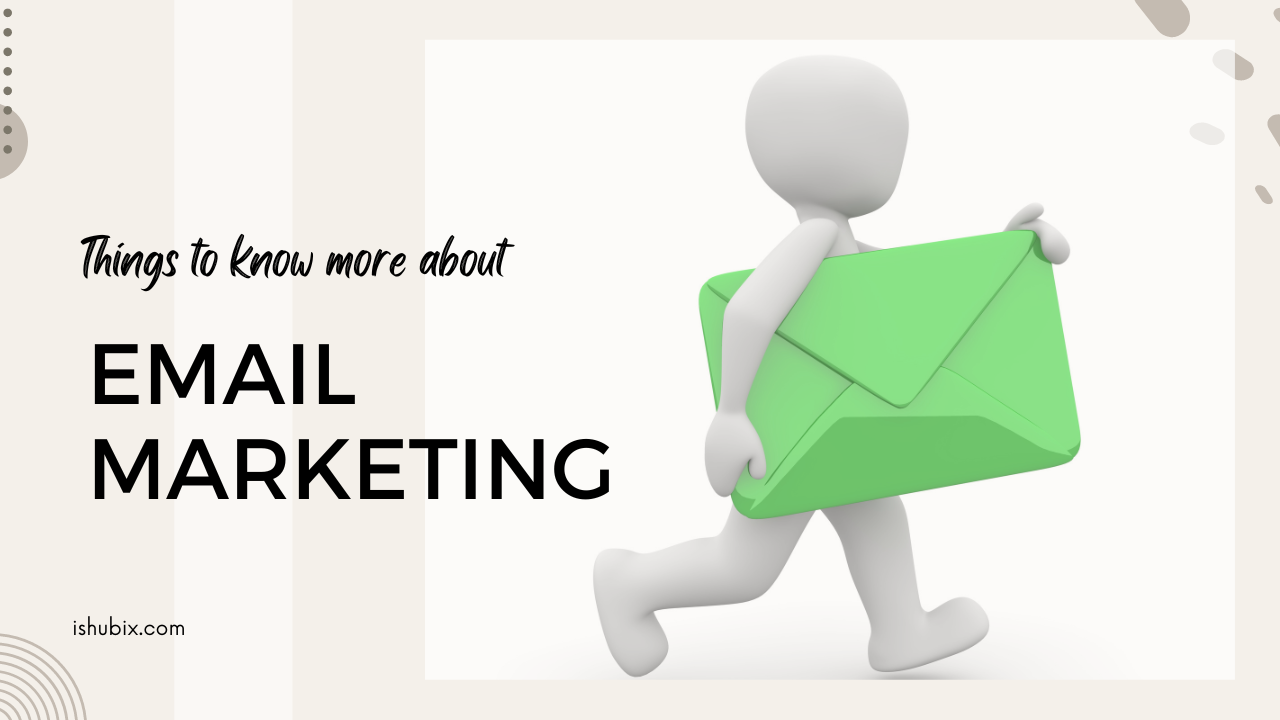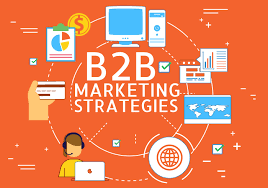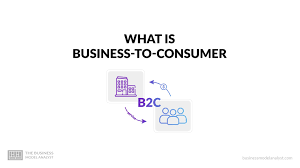Email marketing is an essential tool for businesses to promote their products or services, build customer relationships, and drive action. It allows businesses to keep in touch with their audience, showcase their latest offerings, and guide customers towards making a purchase. With the right strategy, email marketing can boost your brand, gather customer opinions, and ultimately contribute to the growth and sustainability of your business.
In this article, we will demystify the four main types of email marketing: transactional emails, promotional emails, retention emails, and newsletter emails. Each type serves a unique purpose and is best suited for different situations. By understanding these types and knowing when to use them, you can create effective email marketing campaigns that engage your audience and drive results.

1. Transactional Emails: Enhancing Customer Experience
Transactional emails are often overlooked but play a crucial role in email marketing. These emails are triggered by specific customer actions or interactions and serve to confirm transactions, update users about their accounts, or provide important information. They are like friendly digital assistants, keeping customers in the loop and enhancing their overall experience with your brand.
Key Elements of Transactional Emails
To ensure the effectiveness of transactional emails, there are key elements that should be included:
- Personalization: Address recipients by name and tailor the content to their specific transaction or interaction.
- Clarity: Clearly state the purpose of the email in the subject line.
- Relevance: Only include information directly related to the recipient’s transaction.
- Timeliness: Send transactional emails as soon as possible after the interaction occurs.
- Branding: Ensure that transactional emails align with your overall brand image.
When to Use Transactional Emails
Transactional emails are best used in the following situations:
- Confirming a transaction or updating users about their accounts.
- Sending essential information promptly.
- Enhancing customer service and building trust.
Automating the process of sending transactional emails can help ensure timely and accurate communication. Tools like Icegram Express can assist in streamlining this process.
2. Promotional Emails: Boosting Sales and Engaging Customers
Promotional emails are designed to boost sales by offering incentives, discounts, or special deals. They are an effective way to showcase your products or services and provide your audience with a compelling reason to make a purchase. With the right content and strategy, promotional emails can not only support your sales goals but also strengthen your relationship with your audience.
Key Elements of Promotional Emails
While the content of promotional emails may vary based on the specific offer or discount, here are some key elements that every promotional email should include:
- Engaging subject line: Catchy subject lines that clearly convey the offer.
- Clear call-to-action: Make it easy for readers to take action.
- Expiry date: Create a sense of urgency by mentioning the validity period of the offer.
- Visual appeal: Use high-quality images or graphics to make the email visually appealing.
When to Use Promotional Emails
Promotional emails are effective in the following situations:
- Announcing a sale or special offer.
- Promoting a specific product or service.
- Driving immediate action from the recipient.
Crafting compelling promotional emails can be made easier with the help of tools like Icegram Express, which can assist in creating visually appealing and engaging email campaigns.
3. Retention Emails: Fostering Customer Loyalty and Engagement
Retention emails are an essential component of any successful email marketing campaign. They aim to keep your customers engaged, interested in your brand or products, and foster customer loyalty. These emails can help maintain an ongoing relationship with your customers and encourage repeat business.
Strategies for Successful Retention Emails
To ensure that your retention emails are effective and engaging, consider the following strategies:
- Personalization: Tailor your emails to the recipient’s preferences and behaviors.
- Offer valuable content: Provide product tips, industry news, or exclusive discounts.
- Send regularly but don’t overwhelm: Regular newsletters can keep your customers informed and engaged without bombarding them.
- Encourage feedback: Engage your customers by asking for their opinions on products or services.
- Test different types: Experiment with different types of retention emails to find what works best for your business.
Types of Retention Emails
There are several types of retention emails that you can incorporate into your email marketing strategy:
- Re-engagement emails: Sent to customers who haven’t interacted with your brand for a certain period.
- Thank you emails: Expressing gratitude for their business and encouraging them to return.
- Feedback emails: Gathering opinions on products or services.
- Newsletter emails: Regularly sharing valuable content and keeping your brand at the forefront of customers’ minds.
Automation tools like Icegram Express can assist in implementing and managing effective retention email marketing strategies.
4. Newsletter Emails: Engaging Your Audience and Building Your Brand
Newsletters are a powerful way to keep in touch with your audience, build your brand, and remain top of mind. They offer an opportunity to provide valuable information, share industry trends, highlight new products or services, and drive traffic to your website. Newsletter emails can help you engage your audience, strengthen your relationship with them, and establish your brand as a trusted source of information.
Effective Use of Newsletter Emails
To make the most out of your newsletter emails, consider implementing the following tips:
- Set clear goals: Define the purpose of your newsletter and align your content accordingly.
- Understand your audience: Use demographic data and segmentation to tailor your newsletters to specific customer groups.
- Provide value: Offer educational content, special offers, or exclusive news to provide value to your subscribers.
- Keep it concise and engaging: Ensure that your content is easy to read and digest by using headings, bullet points, and concise paragraphs.
- Establish a consistent send schedule: Build trust and anticipation by sending newsletters regularly.
Automation tools like Icegram Express can simplify the creation and scheduling of newsletter emails, improving the effectiveness of your email marketing efforts.
Conclusion
Understanding the different types of email marketing and when to use each one is crucial for the success of your marketing strategy. Transactional, promotional, retention, and newsletter emails each serve a specific purpose and can contribute to achieving different business objectives. The key to effective email marketing is to engage and provide value to your audience.




No comments! Be the first commenter?